Our earth is a breathtakingly beautiful place, and interacting with nature has never felt more urgent than since the outbreak of the pandemic. As the world gradually opens up and people are able to travel more freely again, there is no better place to visit than our stunning global network of national parks.
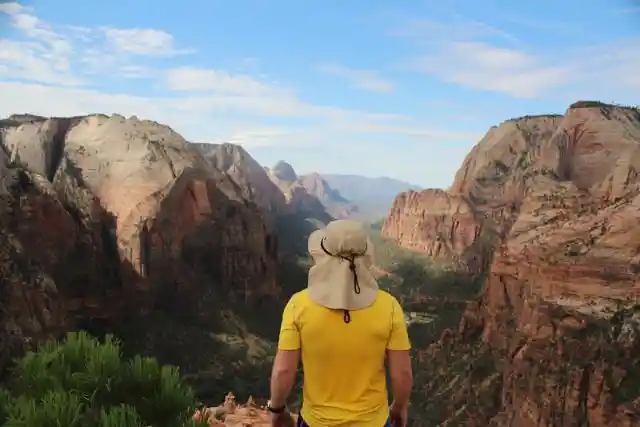

National parks are a nature lover's dream, offering everything from serene lakes and lagoons to the tallest peaks. Walking, trekking, kayaking, and rock climbing are just a few of the activities available to explore these natural wonders. Here are the top 10 best national parks in the world.
1. Corcovado National Park, Costa Rica
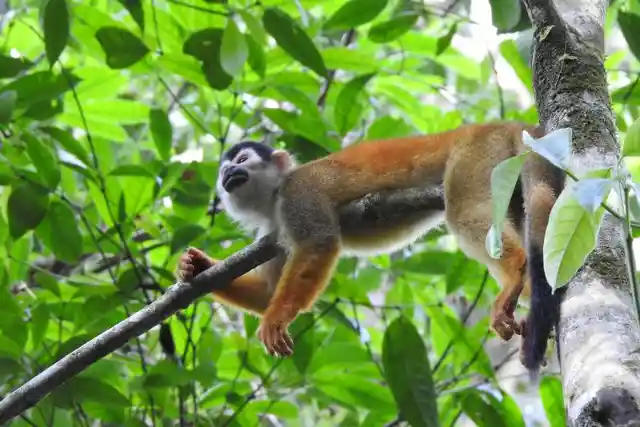

Corcovado National Park, in Costa Rica's Puntarenas province, is one of the world's most biodiverse areas. This coastal park offers the opportunity to see some of Costa Rica's most endangered animals, including scarlet macaws, squirrel monkeys, and a range of beautiful frogs such as the golden-eyed leaf frog. It's a popular hiking and camping spot, with swimming holes around every turn.
2. Yosemite National Park, USA
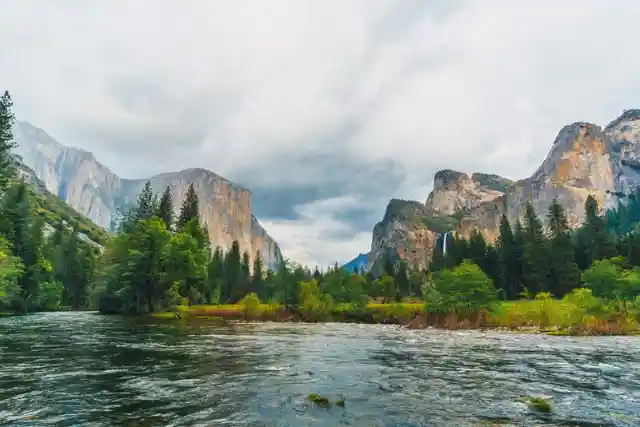
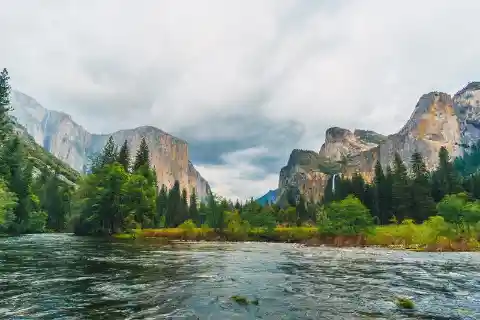
Yosemite National Park in California is a UNESCO World Heritage site. The park's main attraction is Yosemite Valley, which is bordered by high granite peaks, dense pine forests, and stunning waterfalls. Deep valleys, majestic meadows, old gigantic sequoias, and more than 800 miles (1300 km) of breathtaking walks may be found inside Yosemite's immense wilderness area. The park has a special charm regardless of the season: spring delivers flowing waterfalls, summer allows for all outdoor activities, fall brings colorful foliage and fewer tourists, and winter transforms into a snowy paradise for cross-country skiing and snowshoeing.
3. Torres Del Pain National Park, Chile
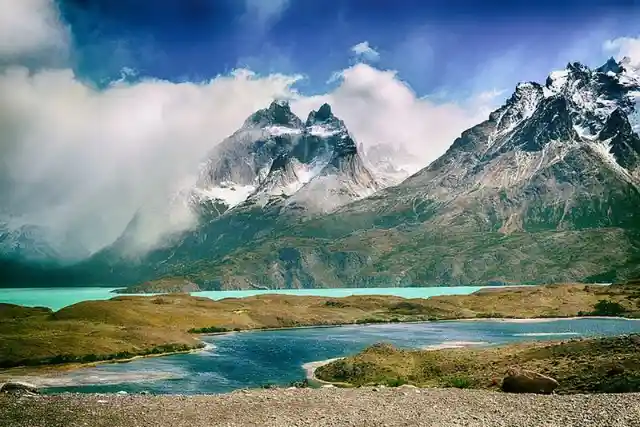
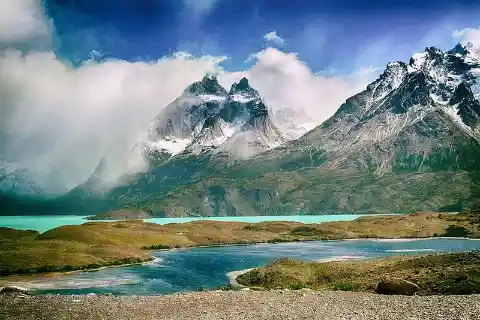
The Torres del Paine National Park (located in Chile's Magallanes 12th district) was designated a UNESCO biosphere reserve in 1978 and is widely regarded as one of the world's most unspoiled. Vertical granite peaks, massive ice rivers, wind-swept plains, and native beech forest home to guanacos, foxes, and pumas are among its spectacular natural splendor. While the most breathtaking sights will require some effort, anyone can appreciate the park's main landmarks simply by driving around.
4. Zhangjiajie National Forest Park, China
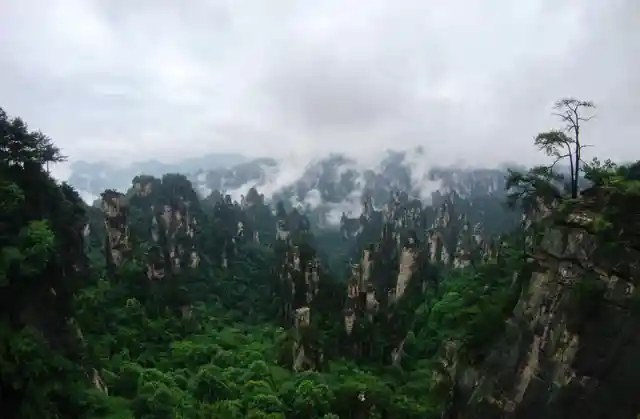
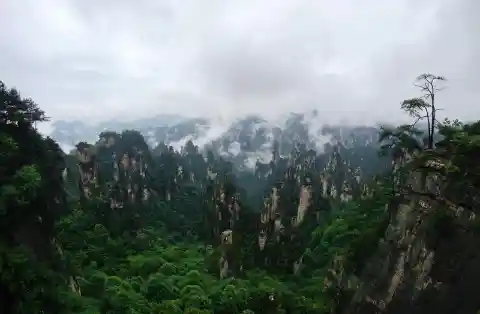
Zhangjiajie National Forest Park, China's first such park, was established in 1982 on 11,900 acres of forested and mountainous land in China's Hunan province. The first recorded human settlers there, however, lived there 100,000 years ago, much before the Neolithic Age. According to one of the many legends, a general named Zhang Liang sought refuge in the forest after learning that the first emperor of the Han Dynasty intended to assassinate him. He died in the wilderness, but his name lives on in the national park.
5. Serengeti National Park, Tanzania

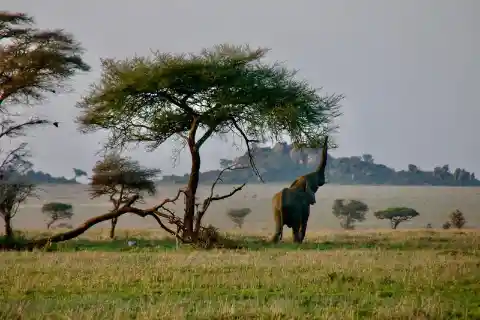
The magnificent Serengeti National Park in northern Tanzania, East Africa, spans 5,700 square kilometers. The sounds of thousands of animals, including hippos swimming, hyenas cackling, and elephants trampling across the roads of the safari, can be heard within the Serengeti's boundaries. The park is home to over 2,000 lions, as well as giraffes, monkeys, zebras, wildebeests, gazelles, and other wildlife. The park's biodiversity is undeniably its most appealing feature, however to see the park's largest creatures, visitors must visit the Great Migration, the Seronera River Valley, Naabi Hill, Lobo Valley, and Bologonja Springs.
6. Uluru Kata Tjuta National Park, Australia


Uluru Kata Tjuta National Park, located in Australia's remote Northern Territory, is arguably best known for the spectacular Uluru, a massive sandstone monolith. Despite the park's 512 square miles of the Australian outback, many visitors come to see the monolith, whose red color is claimed to shift with the light. The park, which is a UNESCO World Heritage site and a vital monument to the indigenous Anangu, is more than just a photo opportunity. The hallowed site has human habitation traces dating back 10,000 years, and visitors may learn about its cultural history and the significance it still holds today at the park's Cultural Center.
7. Galapagos, Ecuador


This volcanic archipelago, located 1000 miles off the coast of Ecuador, is definitely one-of-a-kind. It's the holy grail of bucket-list items. The flora and fauna that Charles Darwin documented here on a field biology expedition in 1835 subsequently inspired his theory of evolution. The 19 islands and adjoining marine reserves are known for their exceptional wildlife watching, and UNESCO refers to them as a "living museum." The archipelago's severe seclusion has resulted in a high level of biological diversity, including uncommon species such as marine iguanas, enormous tortoises, flightless cormorants, and massive cacti.
8. Canaima National Park, Venezuala
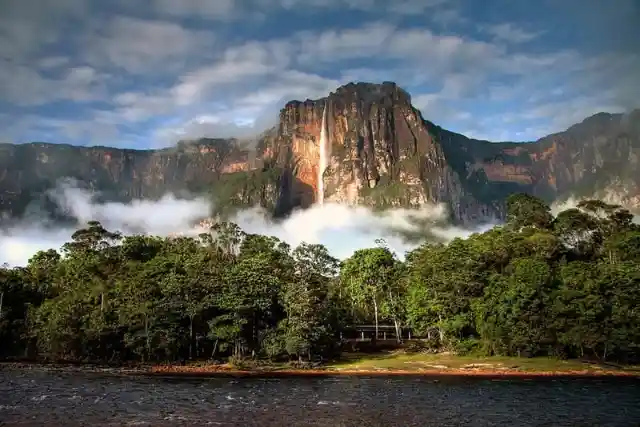
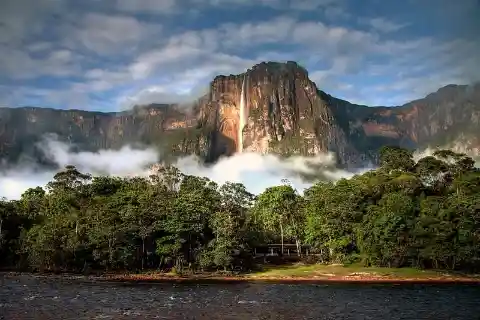
The sixth-largest national park in the world, Canaima National Park is located in southeast Venezuela along the Brazilian-Guyana border over an area of 3 million hectares. The majority of the park's surface is covered by table mountains (tepui), which offer a spectacular panorama of sheer cliffs and waterfalls. Angels Falls, the world's highest waterfall, is also located in Canaima (979 m or 3211 ft). The falls are named after Jimmy Angel, a gold-seeking American bush pilot who discovered them in 1937. The falls are so high that the water gets atomized by the powerful winds and converted into mist before it reaches the ground.
9. Göreme National Park and the Rock Sites of Cappadocia, Turkey
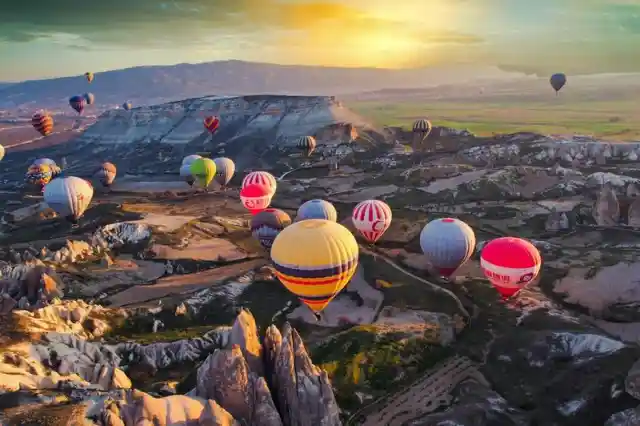
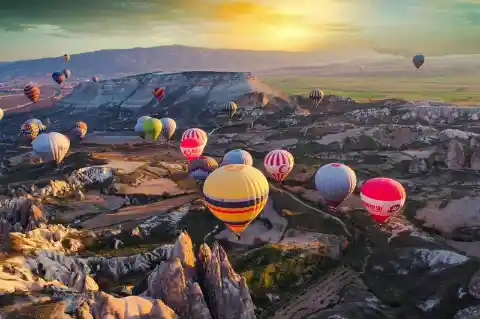
Göreme National Park, located in Turkey's Cappadocia area, transports visitors back in time—specifically, to the 4th century. The Göreme valley is a large volcanic landscape dotted with mountain ridges known as "fairy chimneys" formed by millennia of erosion. As if this natural wonder wasn't impressive enough, the park also contains the ruins of underground settlements and old dwellings, some of which are thought to date back to the 7th or 8th century. Several of us, though, may recall this park for a more modern invention: Cappadocia is a popular hot air ballooning destination, with many trips taking passengers above Göreme valley.
10. Namib-Naukluft National Park, Namibia
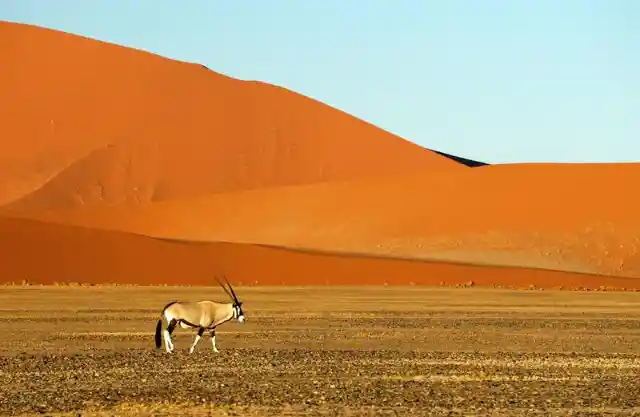
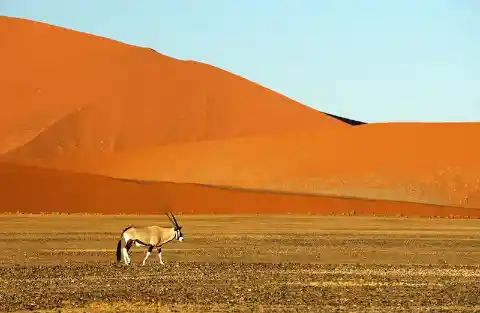
Namibia, one of the world's least populous countries, is hardly the place to get lost. However, it is a great location for visitors who want to see incomparable natural landscapes and wildlife. The Namib-Naukluft National Park, the largest game park in Africa and home to a portion of the Namib Desert, the oldest desert in the world, and the Naukluft mountain range, is the best example of this. The park's most striking section is Sossusvlei and Deadvlei, which feature unearthly sceneries with black tree skeletons and red-colored dunes that are among the highest in the world.